8 plants to get through droughts
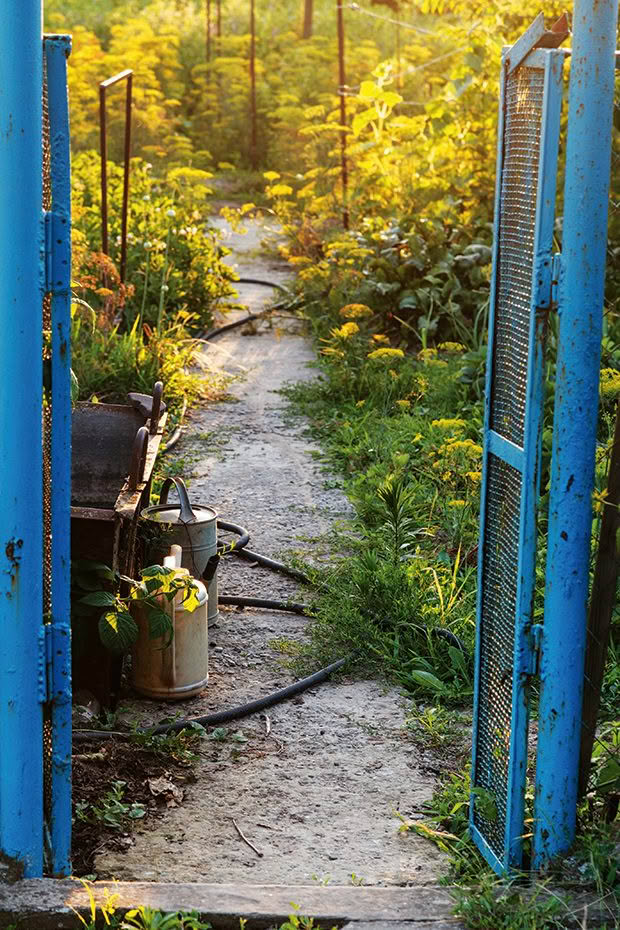
With water shortages becoming more common, here’s how you can keep your garden alive and thriving during the dry months.
Words: Michael Andrew
It’s extremely disappointing to see well-tended vegetables wither and die during the summer months because water tanks are running low. But in parts of New Zealand that see little rain in January and February, this is a common problem. As summers get drier, water conservation is becoming increasingly important, forcing people that rely on tank water or seasonal streams to turn the taps off on parts of their properties.
Because drinking, bathing and washing are usually the priorities in any household, gardens and orchards tend to be some of the first to go thirsty.
That is, however, if you’ve got plants that actually need much – or any – water over the summer. There are a range of edible plants that are unfazed by a dry spell, allowing you to dedicate your precious resources elsewhere without sacrificing your crops. According to Jo Duff at Kahikatika Farm, these fall into two categories: drought-tolerant and drought-hardy (or drought resistant).
While drought-tolerant plants can thrive in hot, dry weather provided they receive water now and then, drought-resistant plants need no water at all as their lifecycle is attuned with the climate. Starved of water, drought-resistant plants die down in the summer and conserve their energy, emerging again in wetter seasons. These plants are ideal in permaculture as they require little maintenance, naturally flowing with the seasons and the resources at hand. However, cultivating a mix of drought-tolerant and drought-resistant plants is a good way to conserve water while maintaining a selection of edibles throughout the summer.
Chicory (Cichorium intybus)
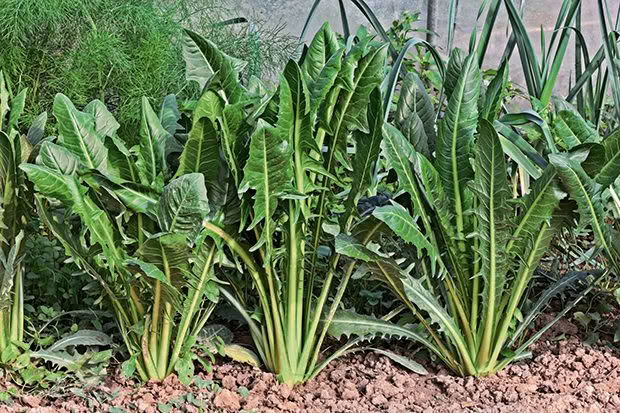
A robust perennial, chicory has a deep taproot allowing the plant to source nutrients and moisture and survive dry spells. Both the leaves and root are edible, although the leaves are tastiest during late autumn and spring. While the summer leaves are more bitter, Jo suggests blanching them and adding them to salads to make them more palatable. The plant sends up a large flower head during summer which makes it wonderfully attractive for pollinators.
Wild arugula (Diplotaxis tenuifolia)
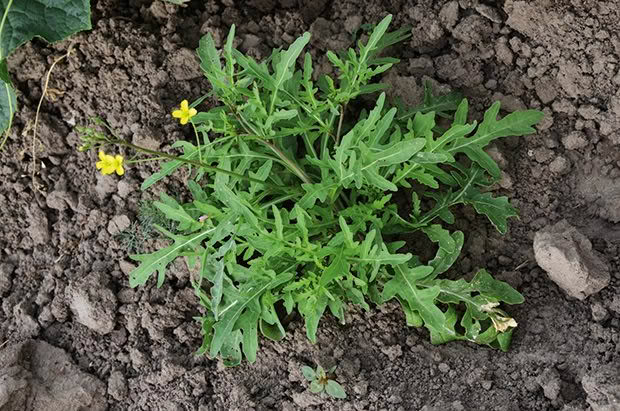
Also known as perennial wall rocket, wild arugula is a drought-hardy perennial that thrives in heat and produces edible leaves throughout the summer. Although the leaves will develop a bitter flavour in excessively dry conditions, it is much slower to bolt than other arugula varieties, making it one of the best greens for summer production.
Wild fennel (Foeniculum vulgare)
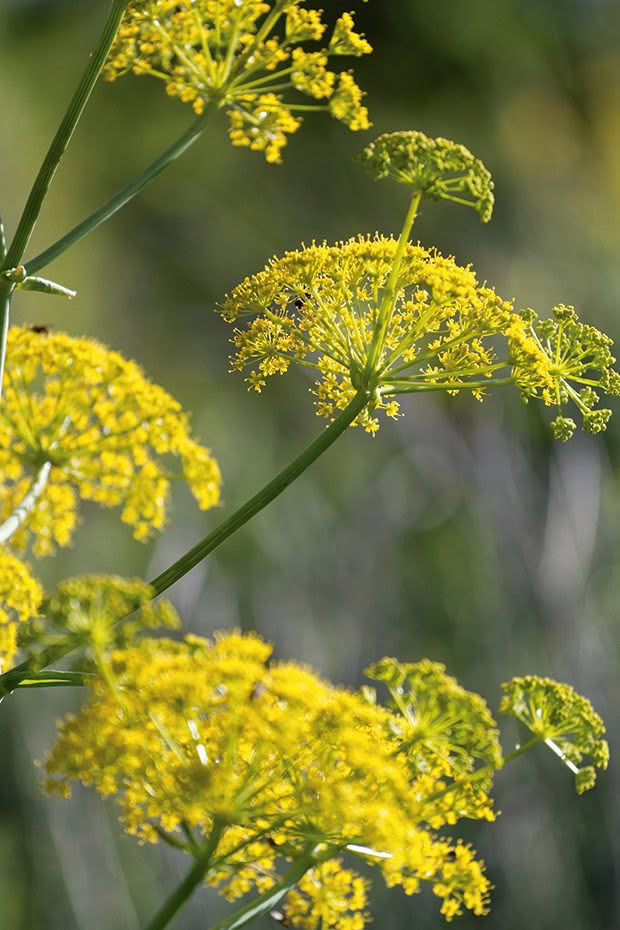
Another drought-resistant perennial with a deep taproot, wild fennel differs from common garden fennel in that it does not produce a bulb. However, Jo calls it a “famine food” – practically all of it is edible. It produces an abundance of aniseed-flavoured foliage and yellow flowers that go very well in salads, while the parsnip-flavoured roots can be roasted with other vegetables.
Jo recommends using it as a vegetable garden border plant and as a companion plant for attracting pollinators.
Sorrel lemon (Rumex acetosa)
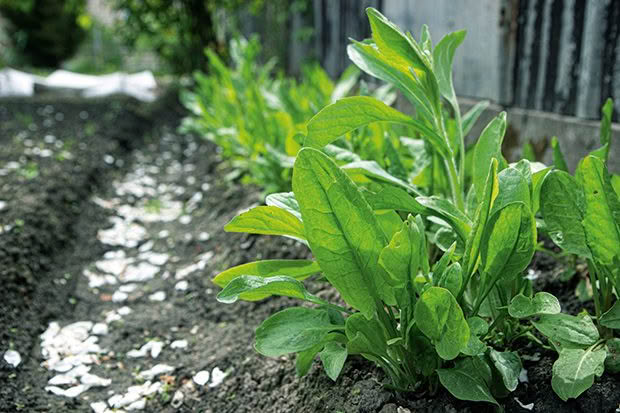
Drought-resistant and tenacious, sorrel lemon grows like a weed and produces an abundant supply of lemon-flavoured leaves, ideal for pesto, smoothies, salads and soups. The plant is very low maintenance, requiring little more than some compost and a cut back to keep it going. While sorrel lemon can handle dry spells, the leaves will become tough if not watered now and then.
Globe artichoke (Cynara scolymus)
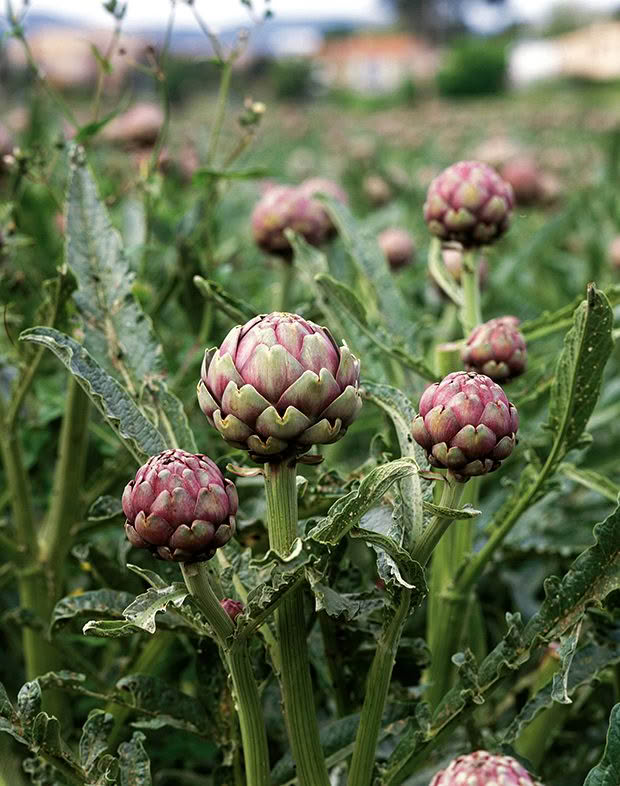
Although globe artichokes need water to produce flowers, Jo says they’ll survive droughts well by dying down and conserving moisture and energy in their deep taproot, emerging again in autumn and producing harvestable buds by spring. They are a useful perennial to grow at the edge of food forests or forest garden systems as they shed their abundant leaves and return large amounts of biomass to the soil each year.
Irish strawberry tree (Arbutus unedo)
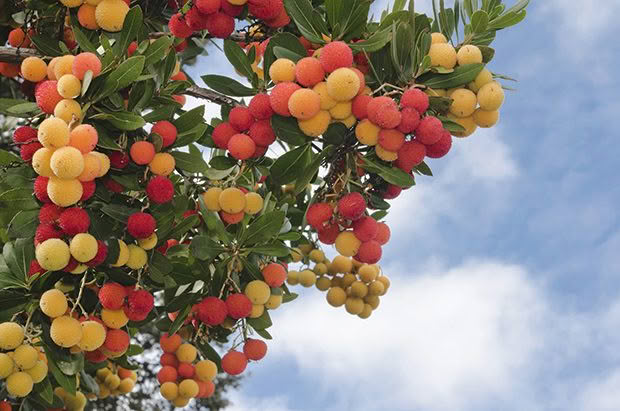
One of the most drought-resistant fruit trees, the Irish strawberry tree will happily thrive in brutal climates, producing decent – if a little bland – fruit every year. It’s an easy plant to cultivate in most soils, and once established is frost resistant, shade tolerant and salt tolerant.
Pomegranate (Punica granatum)
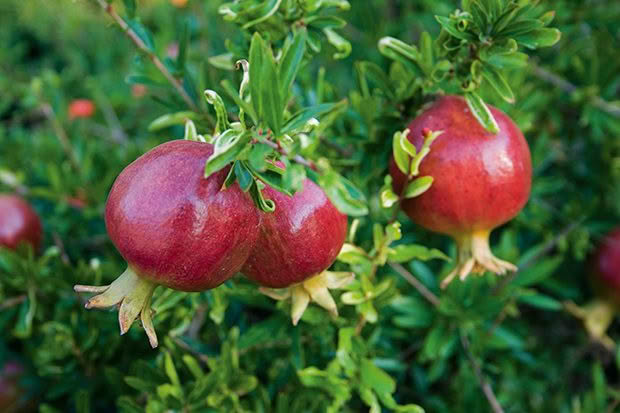
Pomegranates can be a puzzle for New Zealand growers, either producing very little fruit or none at all. That’s most likely because the tree needs long, hot summers in NZ’s warmest regions to produce quality fruit. While Jo says the fruit that her tree produces aren’t as juicy as imported ones, especially during a drought, they still reliably turn up each autumn. The trees need good drainage and are frost hardy to -10°C.
Fig (Ficus carica)
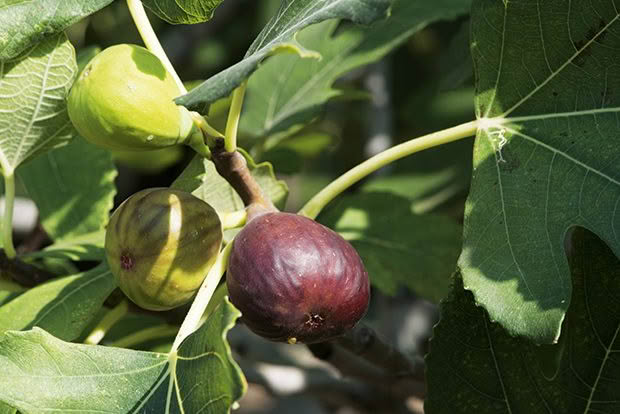
Fig trees love a long hot summer and will thrive in a well-drained, sunny spot. While they are drought-tolerant, mature trees will need watering every two weeks or whenever deeper soil dries out in order to produce quality fruit. Mulching around the trees of young plants will help keep the shallow root system moist and cool.

